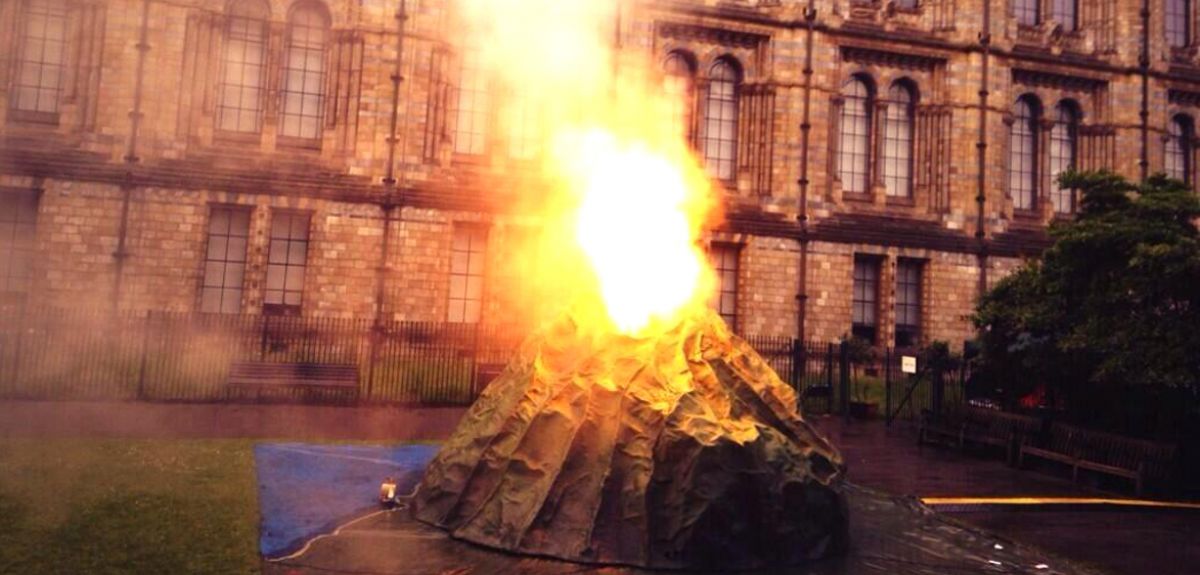
Explosions, volcanoes & risks
This week a volcano is erupting in central London: this three metre high model may not be as scary as the real thing but its mission is to highlight the real risks posed by volcanoes.
Located outside the capital's Natural History Museum, London Volcano is an exhibit dreamt up by researchers at University of East Anglia and Oxford University for Universities Week (9-15 June). So far the smoke and pyrotechnics have given just a taste of the eruption that struck the Caribbean island of St Vincent in 1902, but, on 11 June (6pm-10pm), this mini-volcano will recreate the Big Eruption in a free event open to the public.
I talked to David Pyle of Oxford University's Department of Earth Sciences, one of the scientists behind the exhibit, about the St Vincent eruption, the research the model draws on, and the serious side to blowing things up…
OxSciBlog: Why recreate the Soufrière St Vincent volcano?
David Pyle: St Vincent's volcano has erupted several times in the past 300 years; and each of these events has left us a record of what happened before, during and after the eruption. By looking at the written history of what happened, and analysing the rocks and other materials thrown out during these eruptions, we can better understand how to prepare for the effects of future eruptions.
We have chosen to recreate the 1902 eruption of St Vincent over the five days of the exhibit. This eruption was very damaging, but also recorded in great detail - both in terms of the physical impacts (the ash, mudflows and hot pyroclastic currents), and the wider social and economic impacts, and the ways that the island recovered from the eruption.
We are currently involved in a large international collaboration, called STREVA, whose focus is to reduce the negative impacts of volcanic activity on people and communities who live around volcanoes; and the approach this project is taking is to start off by seeing what lessons we can learn from the events of the past.
OSB: How can studying this volcano tell us about volcanoes in general?
DP: St Vincent's behaviour is fairly typical, both in terms of the nature of the eruptions, their size and spacing in time; and in the way that some eruptions are explosive, and others are not. So this means that it is a good 'physical' model for other volcanic systems, and we will be able to extend our new understanding from St Vincent to other volcanoes.
OSB: What were the biggest challenges in creating the model?
DP: Time! The opportunity to do this arose only a few months ago, but was not to be missed. And space - we weren't quite sure how big the model would need to be to have an impact. As it is, we are very happy with the result, even though it needs quite a large lorry to move it!
OSB: What do you hope people take away from the exhibit?
DP: We are really keen to engage with visitors to think about 'risks', and how to help to reduce the impacts of volcanic activity on communities whose livelihoods are tied to the volcano. The visual spectacle will make an impact, but beyond that we also want to show how we can use a huge variety of information sources to help improve our capacity to live with risks.
We are also using the event to link back to communities on St Vincent; listening to their stories of what happened in the last eruption on the island - in 1979; and working with the volcano monitoring and emergency management agencies in the Eastern Caribbean to develop and evolve mitigation plans for the future. This volcano exhibit is going to be the starting point for discussions with governments, agencies and businesses to help develop better plans for coping with future volcanic emergencies in the Caribbean and elsewhere.
OSB: What other volcanoes might you like to recreate and why?
DP: It is now more a case of 'we have a model, and will travel..' and my ambition is to reuse the volcano model as the focal point of an exhibit that we can take to schools, science festivals and exhibitions, to continue the conversation.
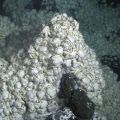 Valuing our oceans
Valuing our oceans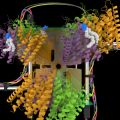 Unfolding role of cell's gatekeepers
Unfolding role of cell's gatekeepers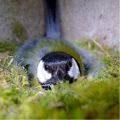 Bold birds show 'live fast, die young' attitude
Bold birds show 'live fast, die young' attitude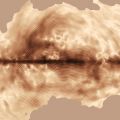 Untangling Milky Way's magnetic personality
Untangling Milky Way's magnetic personality